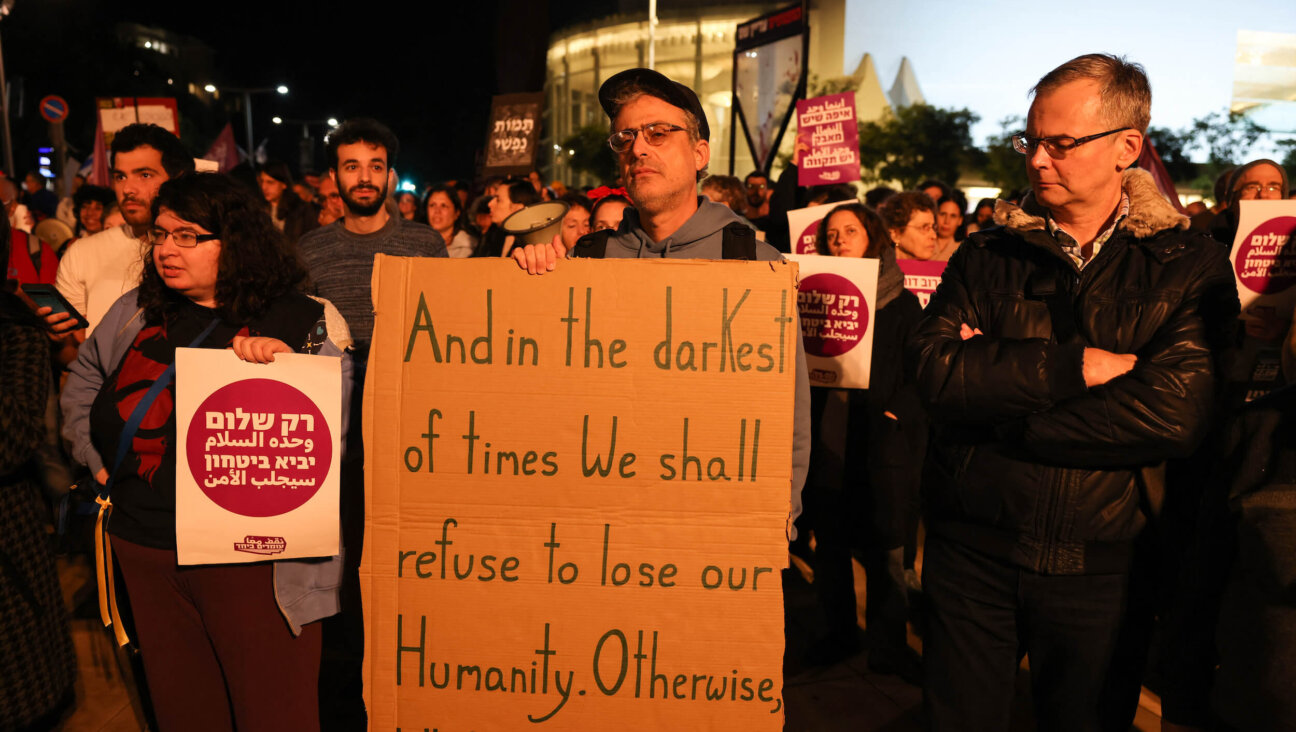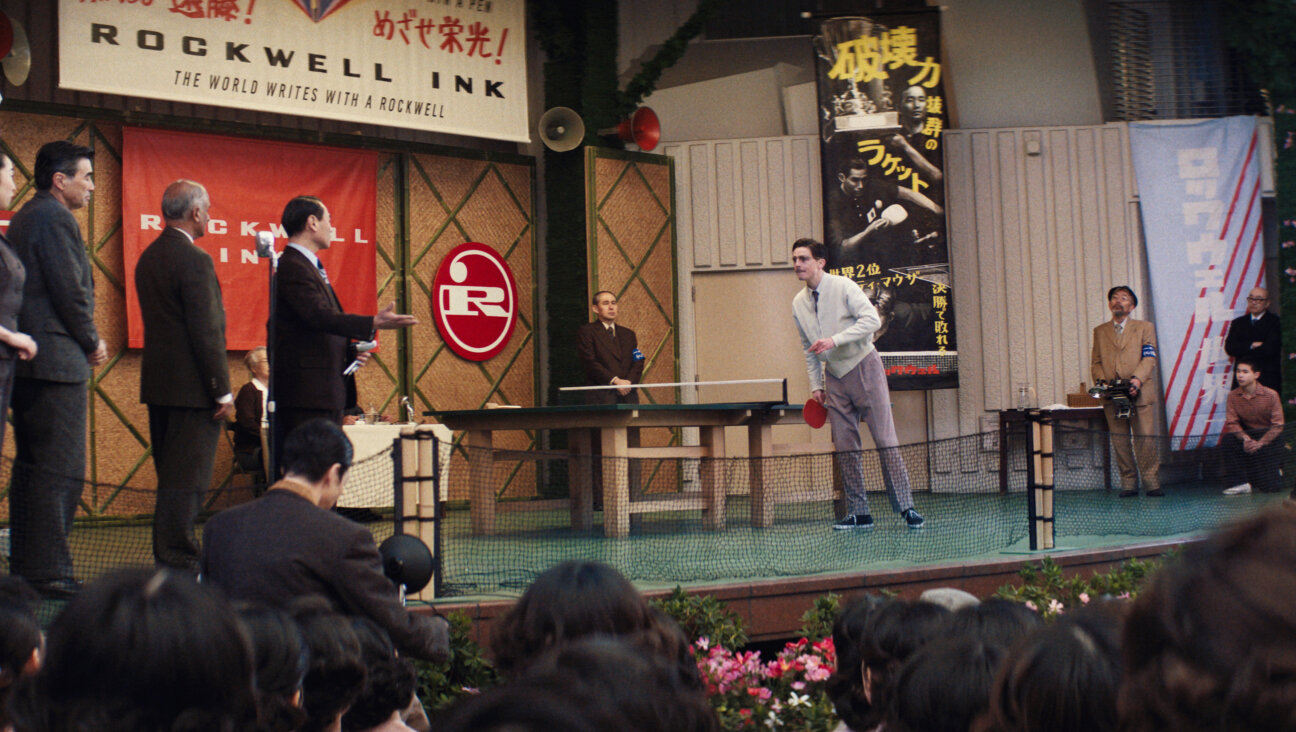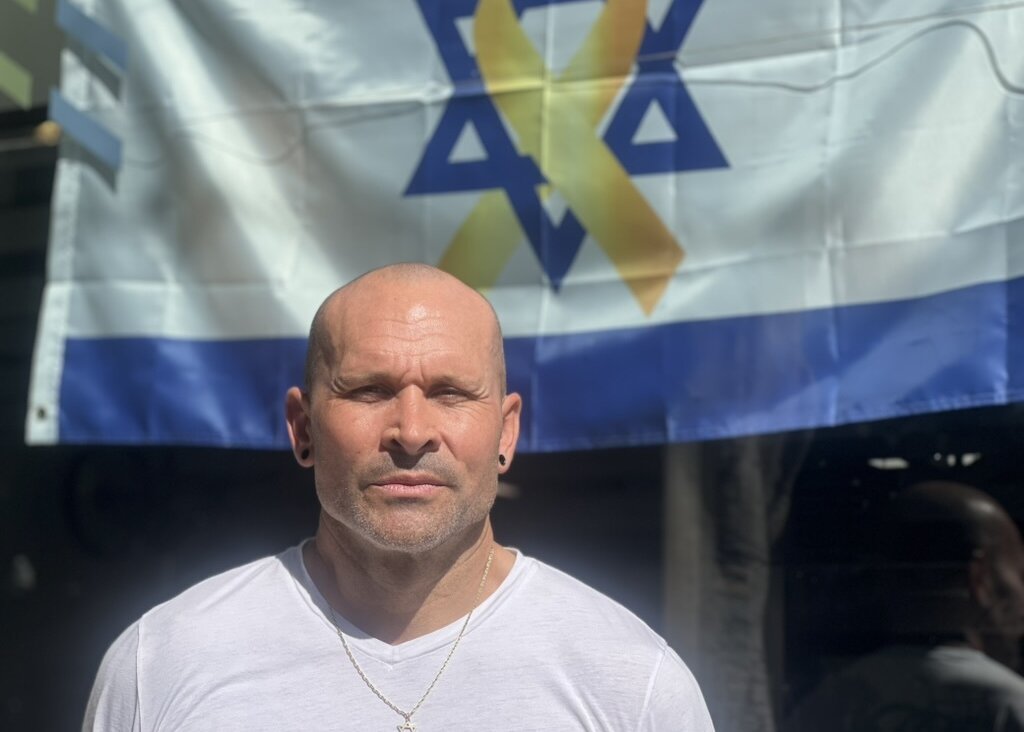Northern Ireland’s lone, beleaguered synagogue aims to stave off decline by engaging Christian neighbors
But steep pro-Palestinian sentiment, an aging population and the departure of the spiritual leader are all challenges
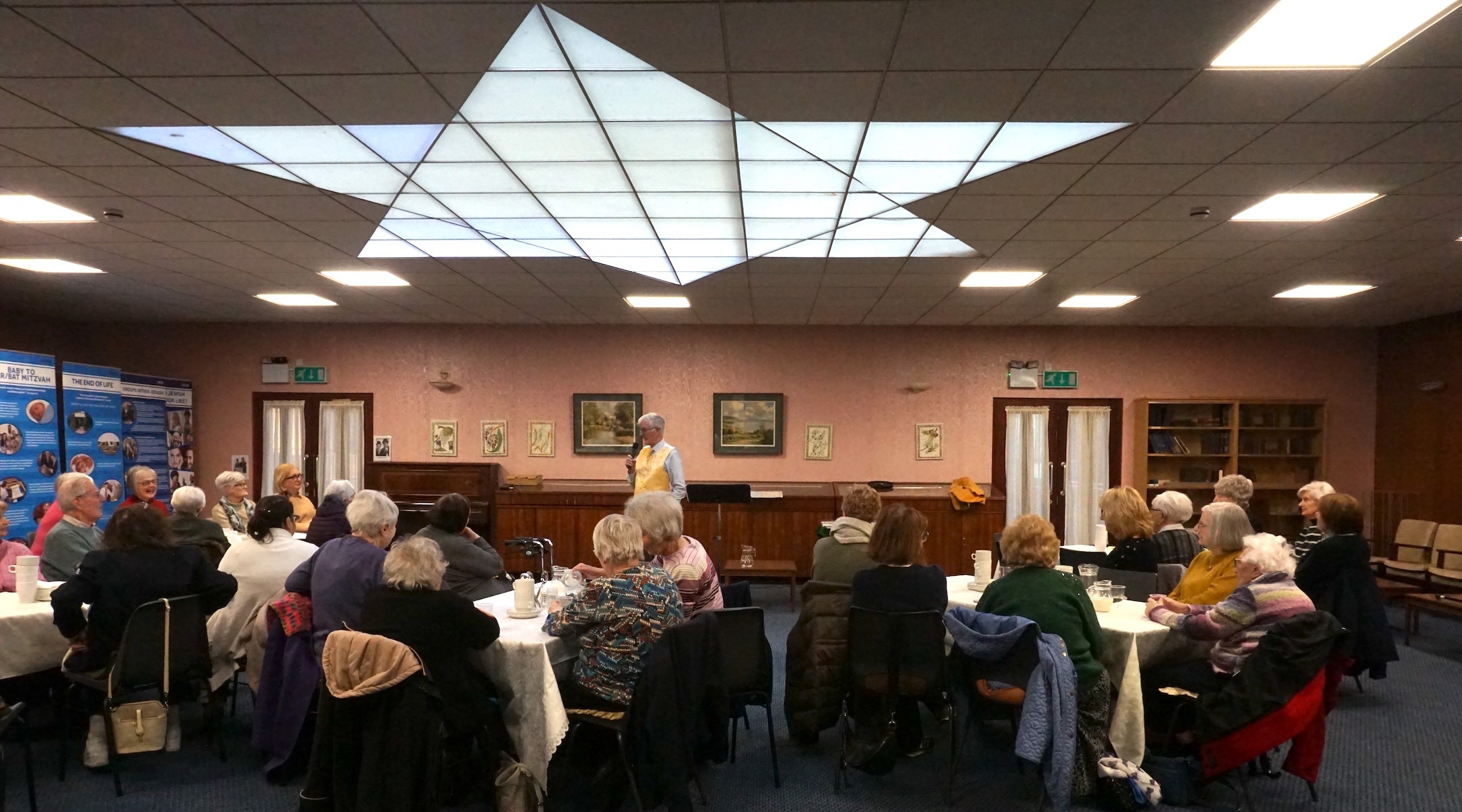
Jews and non-Jews (Rosario Del Valle)
(JTA) — BELFAST, Northern Ireland — On Saturdays, the Jewish day of rest, there is barely a quorum of 10 for prayers at the old synagogue in Northern Ireland’s capital city. But every other Wednesday, the place is hopping. A gaggle of seniors gathers for lectures, conversation, lunch and socializing. Only some of them are Jewish.
“I come here mostly for company. I see my friends, and I enjoy the talks. It gets me out once a fortnight,” said Norma Simon, 94, one of the members of the synagogue, on a recent Wednesday.
Her Catholic companion, Eleanor Minahan, said she appreciated the company she finds at the Belfast Hebrew Congregation. “Most of the people that I meet here, I don’t meet in any other circumstances,” she said.
The neighborly vibes offer a contrast to tensions swirling outside and around the synagogue, the only Jewish house of worship in Northern Ireland. There, as in the Republic of Ireland to the south, pro-Palestinian sentiment is strong — as exemplified by the Belfast band Kneecap, which projected the phrase “F–k Israel. Free Palestine” at the Coachella festival last month. Jewish leaders say antisemitism is on the rise.
Earlier this month, an object was thrown through the window of the synagogue, which is located in a mixed but predominantly Catholic neighborhood in North Belfast. Two girls were cautioned by the police, according to Michael Black, the congregation’s deputy chairman, and the damage caused will total over £600.
“My original thought was that this was inevitable,” Black said. He added, “In my lifetime, I don’t remember so much open antisemitism.”
Black said the synagogue has received hateful emails and phone calls. He said it has been experiencing “more verbal abuse than physical fear,” and he does not currently believe there is a lethal threat to his community.
“There’s an awful lot of virtue signaling and a lot of useful idiots who swallow the propaganda coming. That’s all. It’s getting worse,” he said. But he added that he worried that verbal abuse could morph into something more dangerous, as happened in the Holocaust.
“It all started like this. It all starts with words. Then you get the blame,” he said, adding, “It’s worrying that there are signs that it could happen again.”
Yet the community’s safety concerns are only one of several pressing challenges imperiling the congregation’s future. It must also contend with a dwindling Jewish population, a deteriorating building, and a struggle to recruit a new spiritual leader.
David Kale, who has led Belfast Hebrew Congregation for six years, is leaving his role. Black and other community leaders are aiming to install a rabbi who is outgoing and “receptive to other groups of Jews” by next month — but they haven’t yet landed the ideal candidate. They are looking for someone who can lead prayers and teach classes as well as help the chevra kadisha, a volunteer group that helps prepare the dead for a Jewish burial. Additionally, the community hopes to reach out to Jewish students at Queen’s University Belfast with the hope that they will use the space for meetings and Shabbat dinners on Fridays.
It’s a tall order for a community that is, by all accounts, a shell of its former self. Belfast was the pulpit of Isaac Herzog, a chief rabbi of Israel and the grandfather of the current Israeli president of the same name, from 1916 to 1919 before he moved to Dublin and became the chief rabbi of Ireland. The community swelled before, during, and immediately after World War II, thanks to the arrival of Jewish refugees from Eastern Europe, reaching a peak in the 1950s of more than 1,500 members.
The local Jewish population was already in decline when the Belfast Hebrew Congregation was built in 1964 as a house of worship with a capacity of 1,500. The exodus accelerated with the onset of the Troubles, the period of violent conflict between Protestants and Catholics between the late 1960s and 1998.
“That was our future generation — gone,” said Ivonne Danker, an active member of the Belfast Jewish Community.
Today, the synagogue serves only 54 active members, mostly retired people with no children. Services are held weekly on Saturday and on major holidays. Over the years, the synagogue was renovated so that there is less room for worship and more space for meetings and social activities.
“When everybody left, we condensed it, we built this wall, and we turned this into a functions room,” Danker said, gesturing around the space.
There is little possibility of a rebound. Only 439 people identified as Jewish in the latest Northern Ireland census, taken in 2021, out of a total population of nearly 2 million. The neighboring Republic of Ireland has more than 2,000 Jews among a population of around 5.3 million.
Those small numbers leave neighbors as the best option for keeping the building in use. While many in Northern Ireland are sympathetic to the Palestinians, the local sectarian history has led others to staunchly support of Israel, as well. The evangelical Christian community and other churches have also expressed solidarity with the members of the Belfast Hebrew Congregation, including after the recent vandalism.
About 30 seniors, in their 70s, 80s and 90s, join the biweekly meetings of what is called “Wednesday Club.” Common activities include lectures on a wide range of topics such as Irish history, playing trivia games, listening to music and sharing a meal. By talking about topics that are common to adherents of any faith, the community tries to find common ground with its non-Jewish neighbors.
“[The meetings] are informative, entertaining, sometimes boring,” said Hilary Shields, who attends an Anglican church. “They make us feel very welcome, and it’s nice to be with friends.”
The Belfast Jewish Community & Hebrew Congregation started the meetings in 2009 to encourage people to spend more time together and connect with those outside of the Jewish community.
The goal was “to stop just being inward-looking, to be more outward-looking,” said Jane Danker, the organizer (who is not closely related to Ivonne Danker). “And as you can see, we all mix and match.”
In addition to the Wednesday Club program for seniors, the synagogue gets visitors from Northern Ireland and abroad who are interested in learning about Judaism. On a recent spring day, Black gave a tour to a group of 21 American students visiting from Middlebury College in Vermont. He showed them the sanctuary, which faces Jerusalem, and the Holy Ark, which contains the Torah scrolls.
The visit of the group, composed of students and professors from the class “Conflict: Transformation in Northern Ireland,” ended at the Yahrzeit Wall, where the names of the deceased are commemorated by the community. There, Black explained that on the anniversary of a loved one’s passing, a memorial light is lit in their memory.
Soon, he understands, the entire congregation could go the way of those it remembers. Black imagines the synagogue could become a cultural center, a museum and an educational center — though because it is deemed a historic site, it requires government permission for alterations.
“I think it’s only a matter of time before we disappear as an Orthodox community,” said Black. “I would like to leave a legacy.”
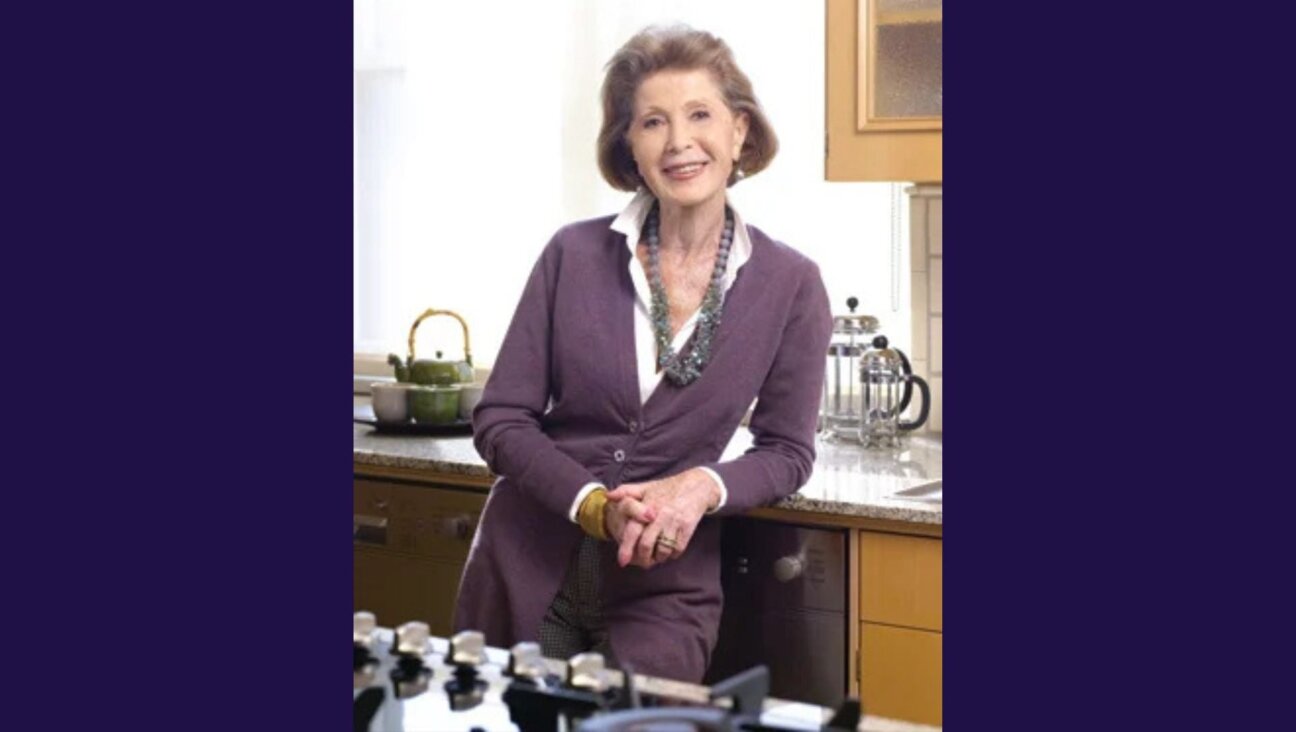

![Rabbi Stephanie Ruskay said she views running for State Assembly as “an extension of [her] rabbinate.” (Courtesy)](https://forward.com/wp-content/uploads/2025/12/Rabbi-Stephanie-Ruskay-1296x732.jpg)




